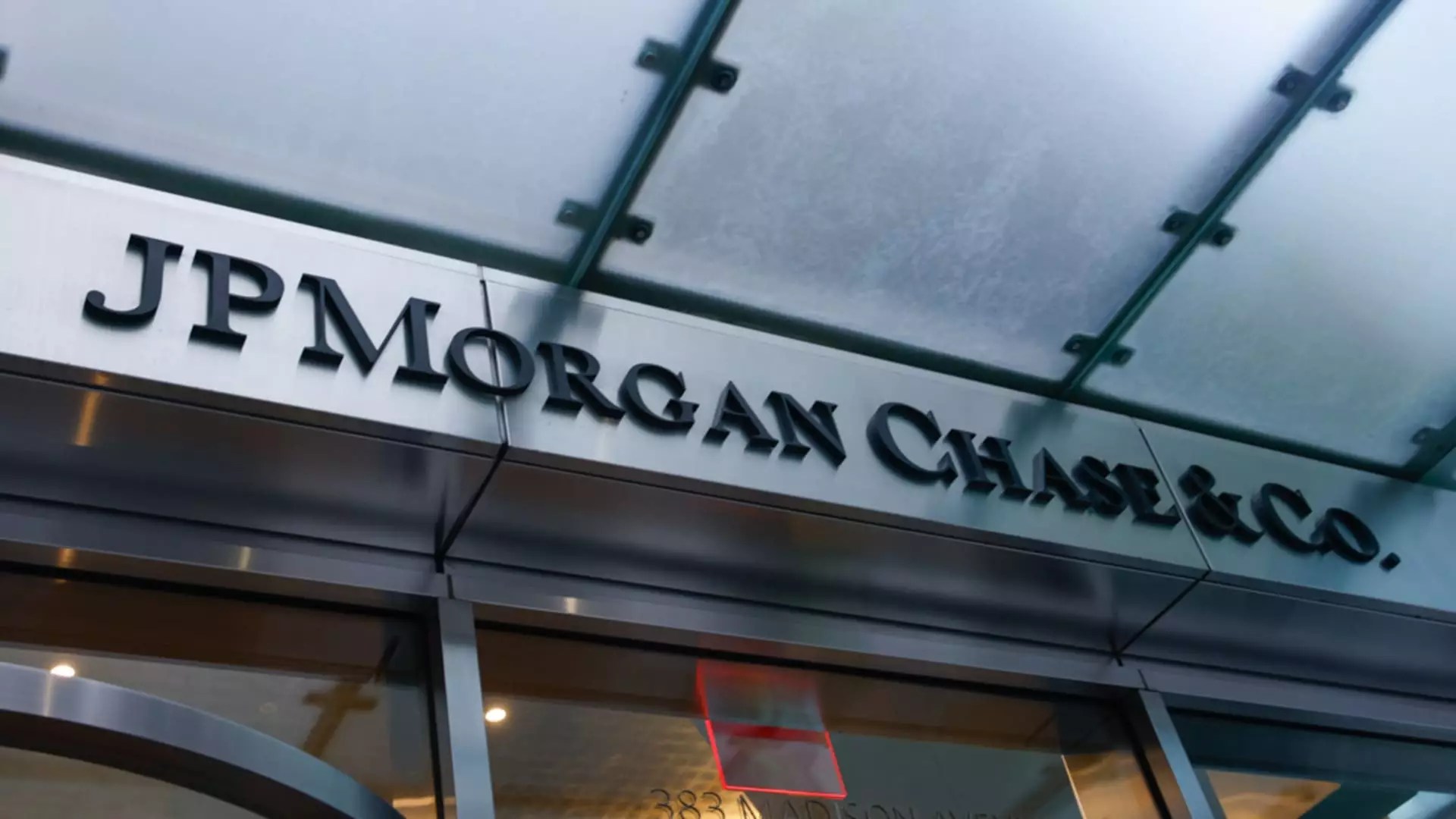The recent enthusiasm around JPMorgan Chase and Bank of America has taken many investors by storm, but that excitement overlooks some uncomfortable truths. While these “mega-cap” banking giants have delivered impressive year-to-date returns, fresh analysis from a credible voice in the finance world—Baird analyst David George—signals a looming correction that investors would be wise to heed. Rather than falling prey to market euphoria, discerning investors should embrace a more skeptical and nuanced perspective about these banks’ stock trajectories.
The Mirage of Sky-High Valuations
It’s tempting to assume that JPMorgan, hailed as the gold standard among U.S. banks, deserves its premium price. After all, it boasts a fortress-like balance sheet and dominates multiple banking sectors. Nonetheless, these positives have been baked into stock prices to such an extent that future gains look tenuous at best. Trading at an unprecedented 2.9 times tangible book value and carrying a forward price-to-earnings multiple of 15.5, JPMorgan’s valuations flag a classic warning sign: expectations have become unrealistically inflated.
Investors chasing returns should remember that valuation is the lodestar of long-term portfolio performance, regardless of market momentum. Blind optimism on JPMorgan, fueled by deregulation and capital markets optimism, is shortcuts to what could be a painful reckoning. George’s downgrade to “underperform” underscores that the upside is simply not worth the risk when stock prices have already run ahead of fundamental earnings growth.
Bank of America: Caught in the Middle Ground
Meanwhile, Bank of America’s story is less fraught but no less cautionary. Though showing less froth, trading at a forward P/E of 13.1 and up nearly 12% in three months, its road is closer to fair value than a bargain. George’s view of Bank of America as “neutral” reflects a sensible skepticism: while it continues to benefit from improving net interest margins and an auspicious capital markets backdrop, those tailwinds are already priced in.
It is worth noting that George upgraded Bank of America earlier in the year, recognizing that the market had unfairly hammered the stock amid tariff fears and Berkshire Hathaway’s selling. However, now that the dust has settled and the rally has run its course, the stock appears more of a defensive hold than a promising growth play.
The Danger of Crowd Mentality in Market euphoria
One of the most dangerous traps for investors today is the herd mentality driven by high-profile “big bank” narratives. With a majority of analysts still holding bullish ratings—more than half advocating “strong buy” or “buy” on JPMorgan and Bank of America alike—groupthink can obscure the critical need for due diligence.
Markets often disregard valuations during bull runs, but history shows that ignoring fundamentals rarely ends well. For center-right investors who favor disciplined risk assessment and capital preservation, the idea that prices would rise indefinitely on “best-in-class” franchises is naive. Even the best businesses, when priced for perfection, can become precarious investments.
A Lesson in Valuations and Policy Realism
Deregulation, while often touted as a boon for banks, is not a guaranteed free pass to endless profit growth. It should serve as a stabilizing tailwind rather than an excuse to disregard financial discipline. Politically, this period demands a balanced approach that incentivizes responsible banking without promoting dangerous exuberance.
From a center-right liberal viewpoint, sustainable economic growth relies on cautious optimism—not speculative fervor inflating valuations beyond reasonable bounds. For investors, this means prioritizing measured returns over chasing potentially fleeting highs merely because a few “blue-chip” names are in vogue.
JPMorgan and Bank of America both remain foundational pillars of the American economy. Yet, that foundational strength does not automatically confer invincibility in the stock market. Recognizing where risk-reward aligns—or doesn’t—will separate savvy investors from those swept away by the tide of uncritical enthusiasm.


Leave a Reply